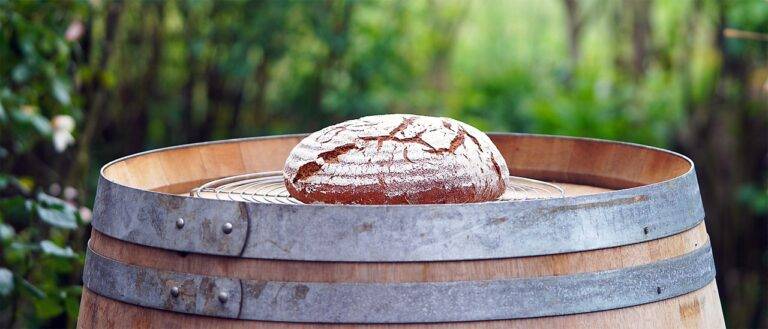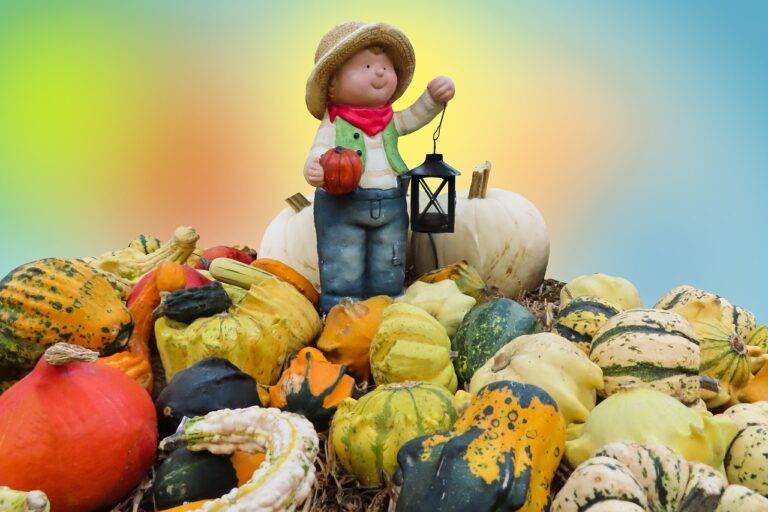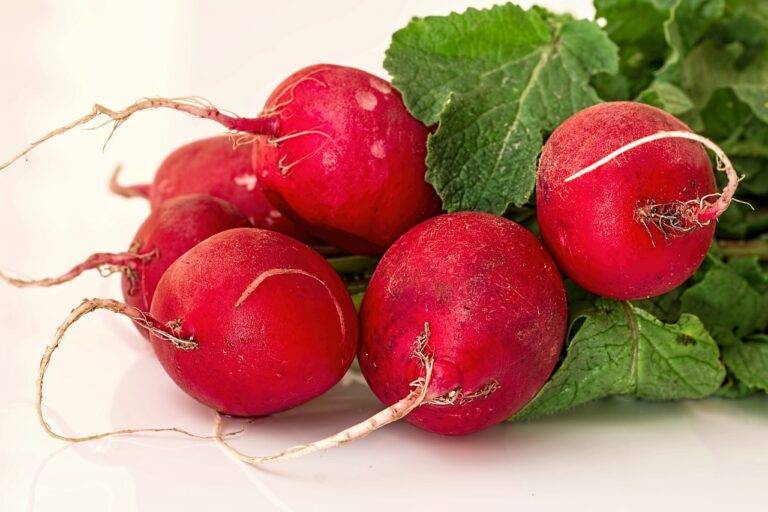Exploring the World of Traditional South American Cuisine
South American food culture is a vibrant tapestry woven with a diverse range of flavors, ingredients, and culinary techniques. From the fiery dishes of Peru to the hearty meals of Argentina, the region’s cuisine reflects a rich history of indigenous traditions, colonial influences, and immigrant contributions. One of the defining characteristics of South American food culture is its emphasis on fresh, locally sourced ingredients, with dishes often featuring an array of fruits, vegetables, meats, and grains indigenous to the continent.
The fusion of indigenous, European, African, and Asian culinary traditions has resulted in a melting pot of flavors and dishes that are unique to South America. Whether savoring a tender Brazilian churrasco, indulging in a spicy Ecuadorian ceviche, or enjoying a comforting bowl of Colombian sancocho, South American cuisine offers a tantalizing array of tastes and textures that reflect the region’s cultural diversity and geographical abundance. In every bite, one can taste the depth of history and the passion for food that permeates South American culinary traditions.
History of Traditional South American Cuisine
South American cuisine boasts a rich and vibrant history that traces back centuries. Indigenous peoples such as the Incas, Mayans, and Aztecs played a fundamental role in shaping the traditional culinary practices of the region. These ancient civilizations cultivated a variety of ingredients including corn, potatoes, quinoa, and beans, which formed the foundation of South American cuisine.
The Spanish conquistadors arrived in South America in the 16th century, bringing with them a fusion of European and indigenous cooking techniques. This cultural exchange resulted in the introduction of ingredients like rice, wheat, and livestock, which significantly impacted the evolution of traditional South American dishes. Over time, African, Asian, and Middle Eastern influences further enriched the culinary landscape of South America, creating a diverse and flavorsome cuisine that continues to captivate food enthusiasts worldwide.
Influences on South American Culinary Traditions
South American culinary traditions have been greatly influenced by a variety of factors over the centuries. One of the most significant influences on South American cuisine is the blend of indigenous ingredients and cooking methods with those brought by European colonizers. This fusion of native flavors with European techniques has resulted in the unique and diverse dishes that are emblematic of South American gastronomy.
Additionally, the African and Asian populations that were brought to South America during the colonial period have also left a lasting impact on the region’s culinary traditions. These cultural exchanges have led to the incorporation of new ingredients, spices, and cooking styles into South American cuisine, further enriching its flavors and textures. The resulting melting pot of influences has created a vibrant and dynamic food culture that continues to evolve and adapt to new global trends.





